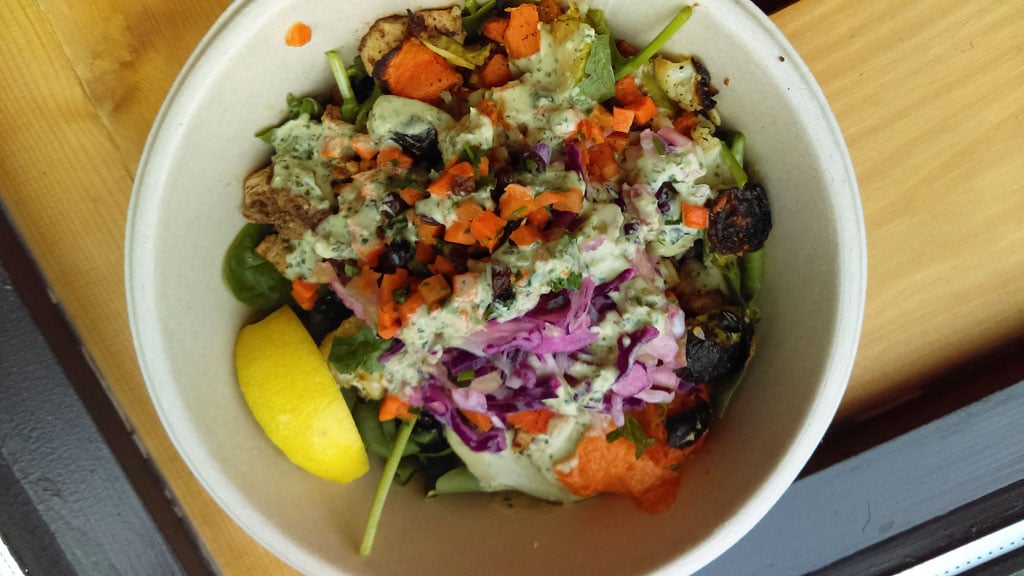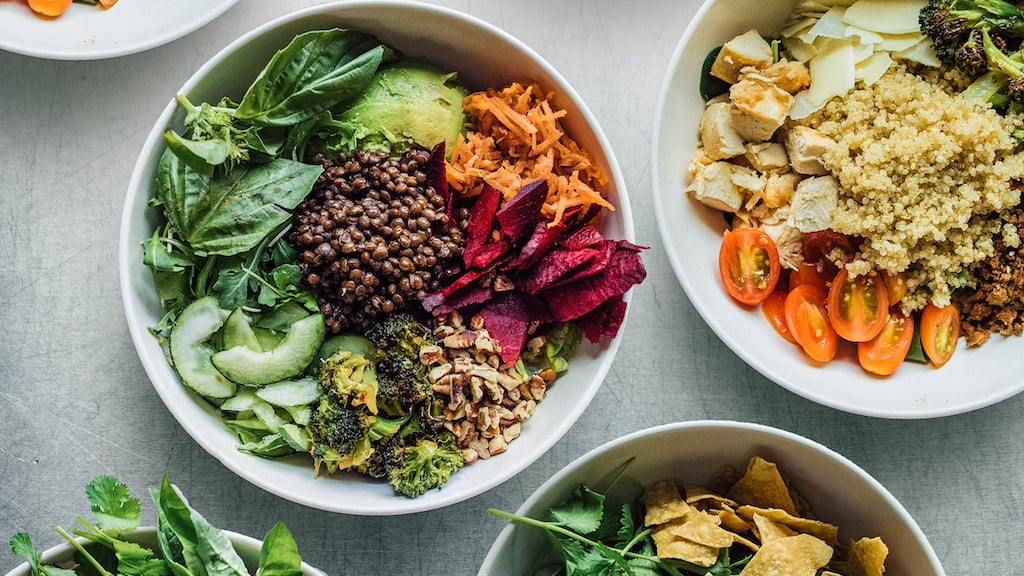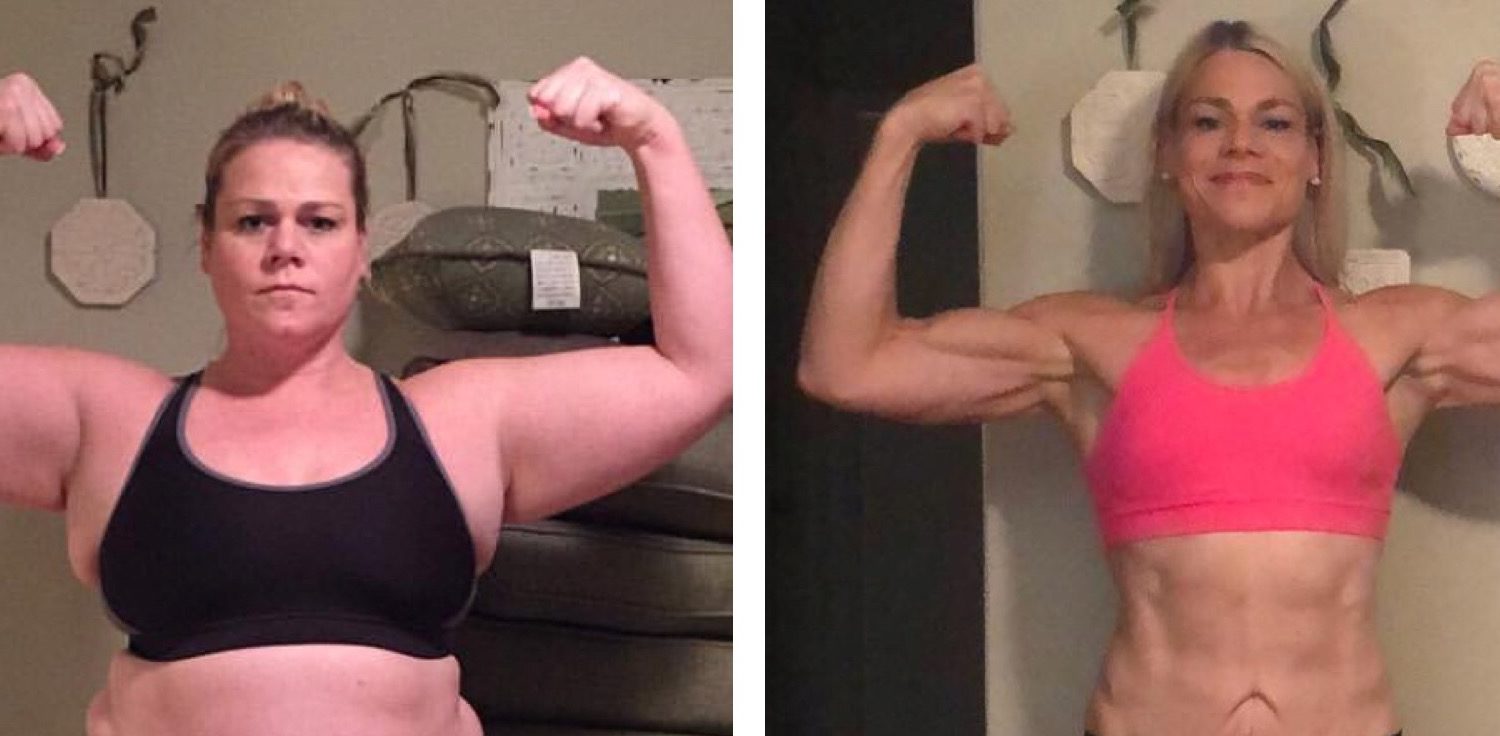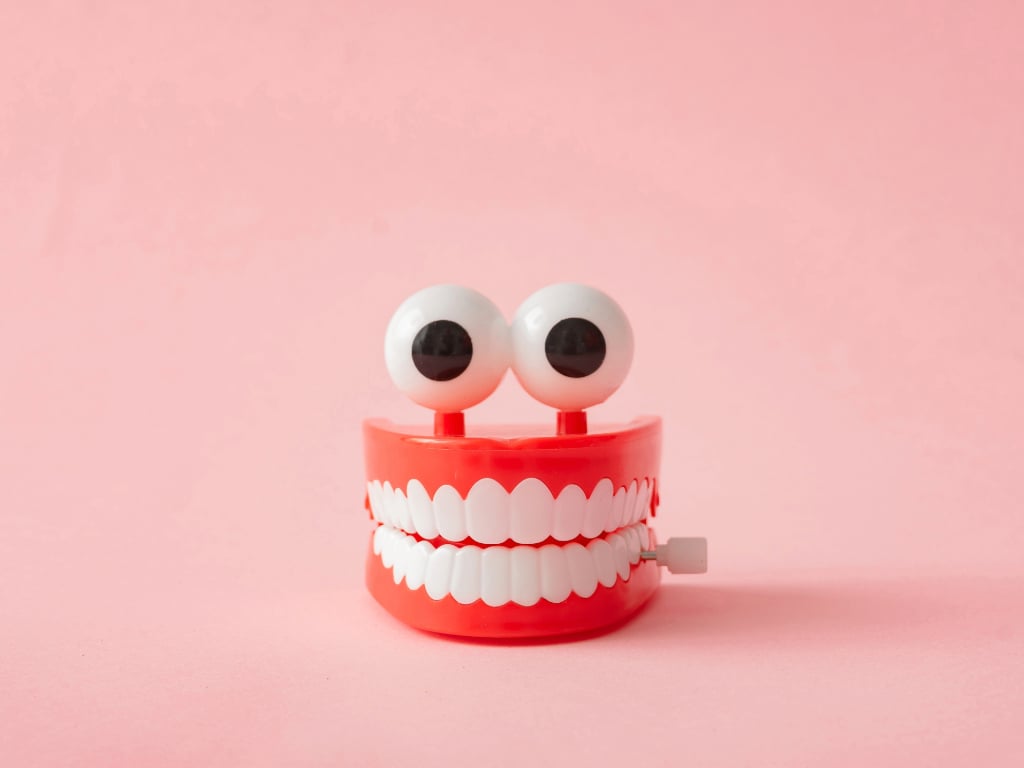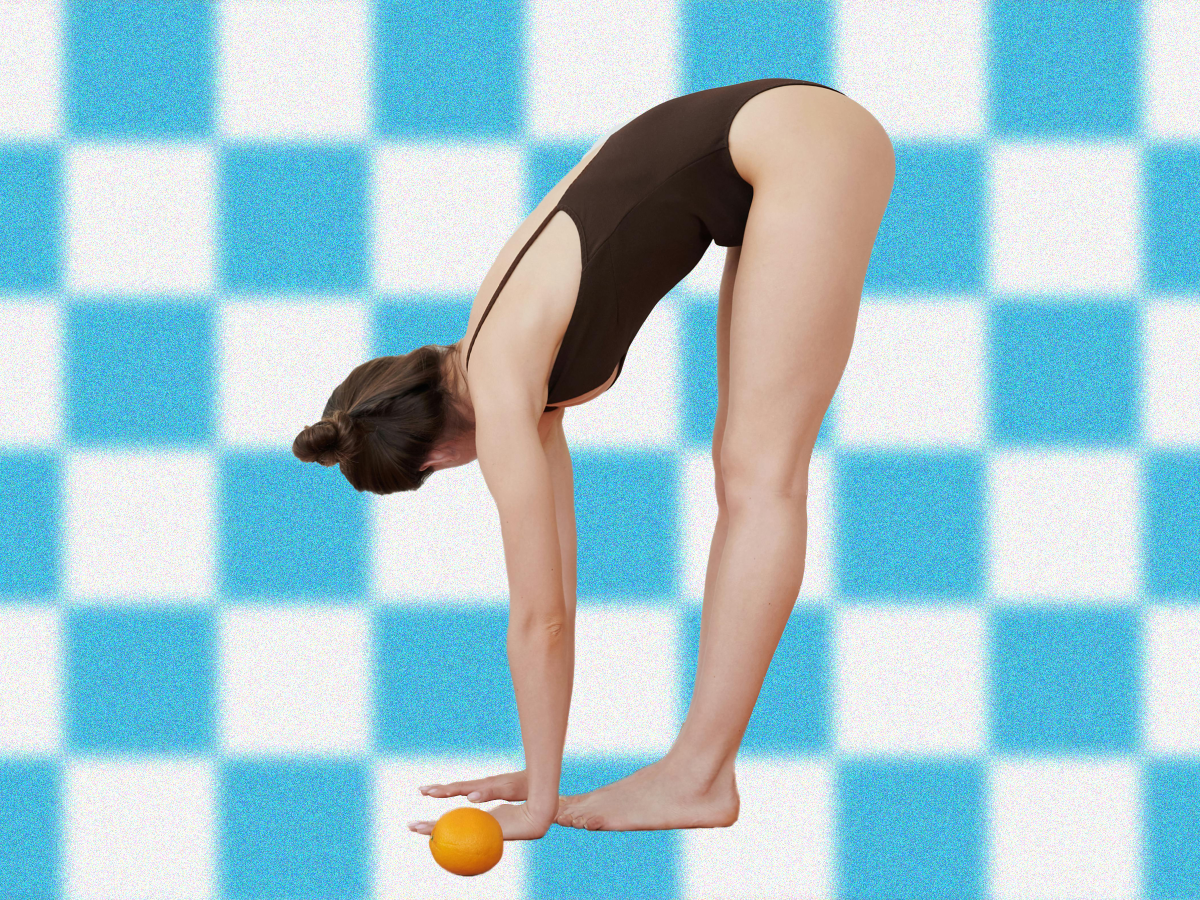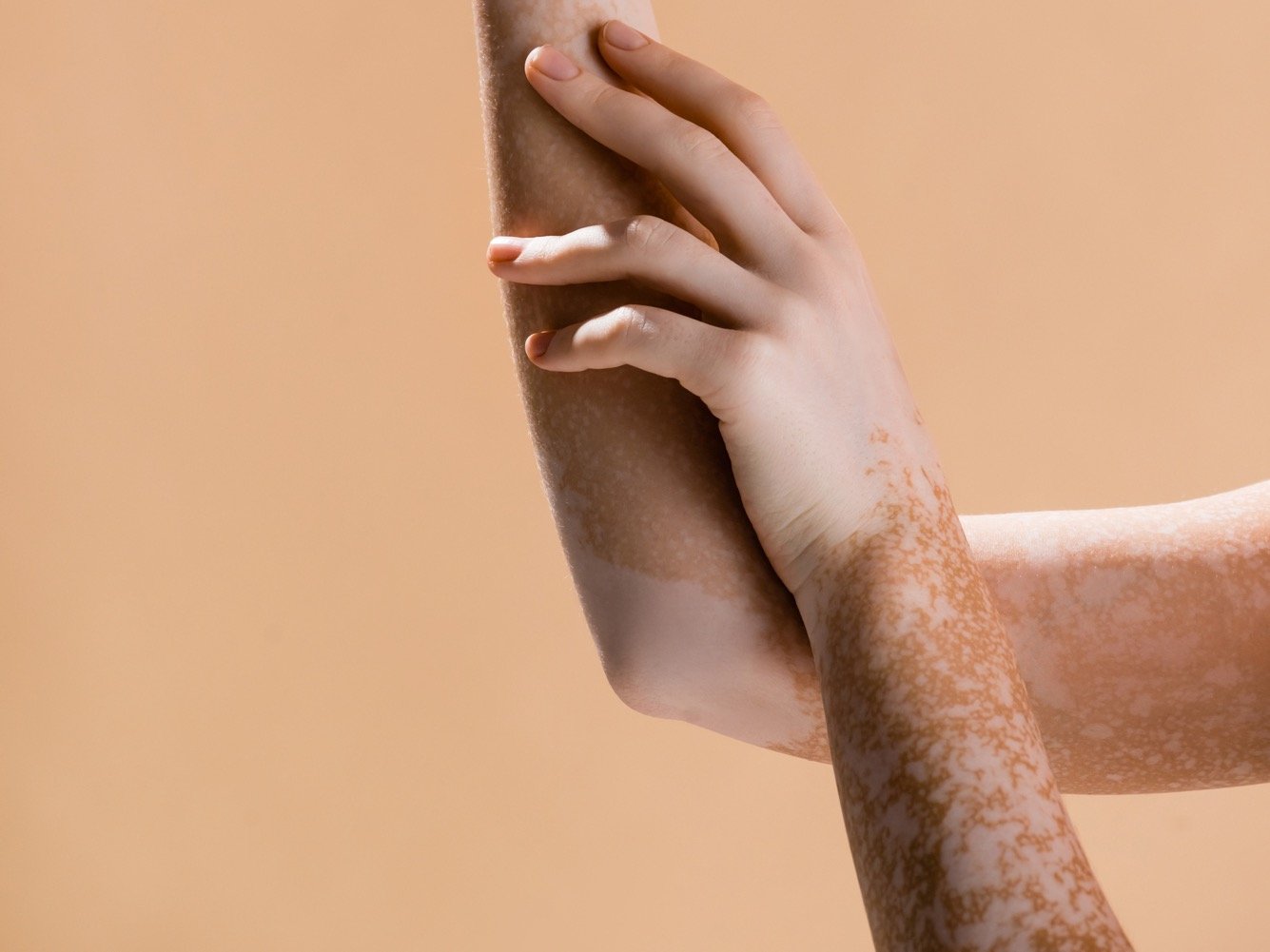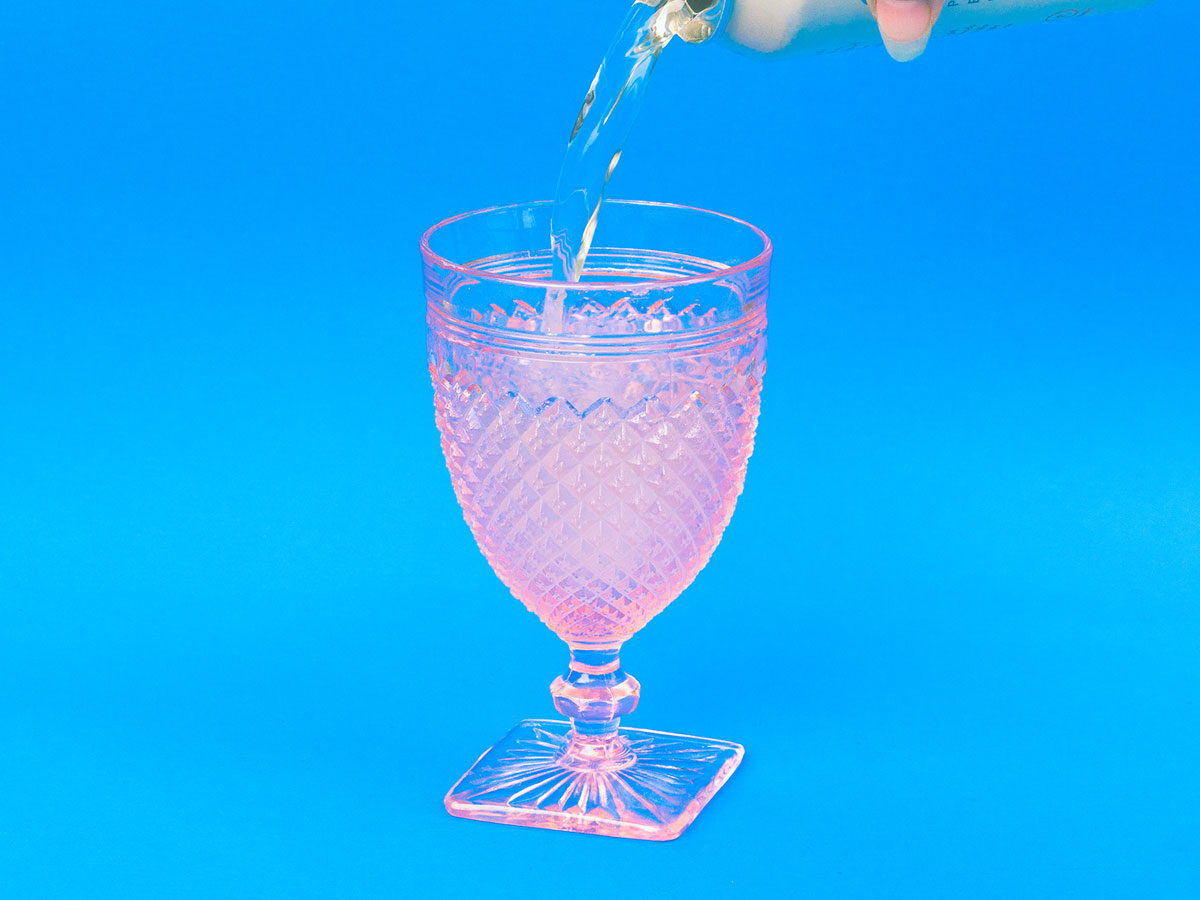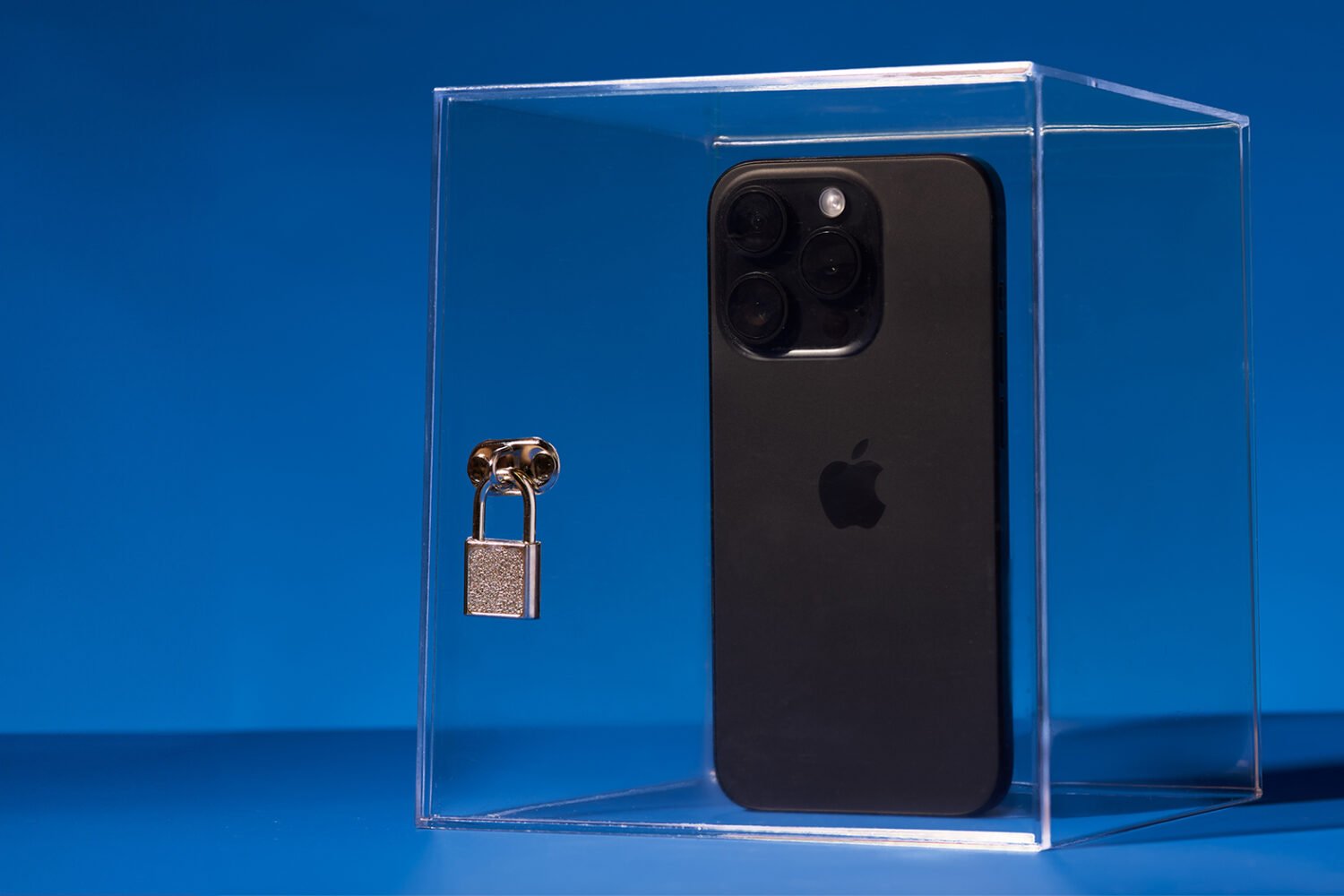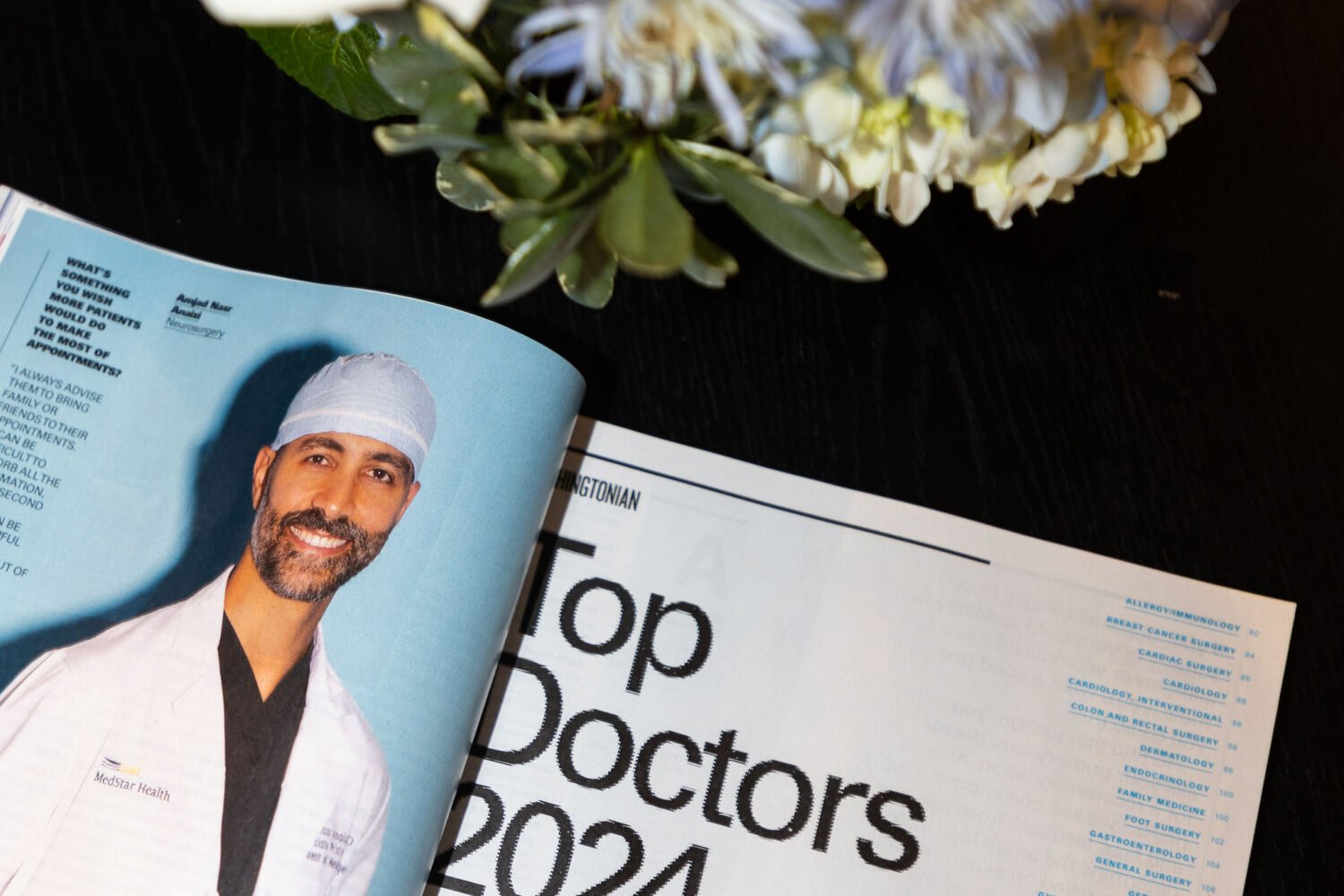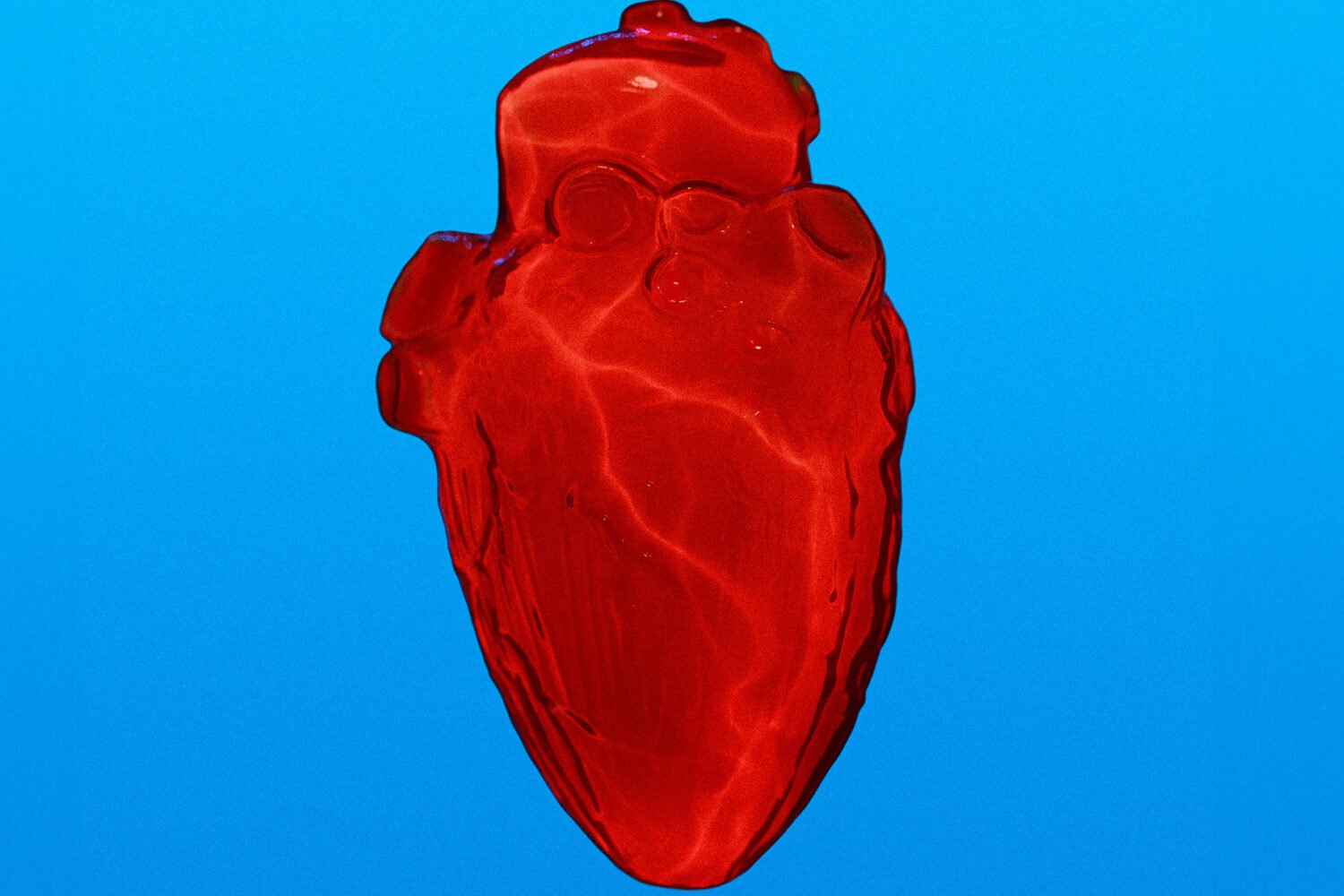Left to right: the 1992 food pyramid, the updated version in 2005, and the new MyPlate graphic, released today.
The days of the good ol’ food pyramid are over. Today, First Lady Michelle Obama and the US Department of Agriculture released a new image-based food guide called MyPlate.
The new image more closely reflects what dieticians and nutrition experts advise for a balanced diet: lots of fruits and veggies along with whole grains and lean protein, and a small serving of low-fat dairy. With simpler text and colors—not to mention a more relatable visual object, the plate—the new guide is much easier to understand than the pyramid.
The food pyramid had two iterations. The first one, which debuted in 1992, included something you don’t see on the new graphic at all: a section for fats, oils, and sweets. The old graphic advised that they should be consumed “sparingly.” The updated 2005 pyramid was a bit oversimplified; it removed all the text about specific food groups, and included only a tagline: "Steps to a Healthier You."
The MyPlate team aimed to clarify the dietary guidelines using simple text and bright colors. They’ll be rolling out a campaign in phases, which will include easy-to-remember instructions such as “avoid oversized portions” and “enjoy your food, but eat less.”
“This is a quick, simple reminder for all of us to be more mindful of the foods that we’re eating and as a mom, I can already tell how much this is going to help parents across the country,” said the First Lady in a press statement.
The new MyPlate image is part of Obama’s effort to stem obesity in the United States. The plate was focus-group tested with about 4,500 people, including kids, according to the New York Times. The entire campaign—the image design itself, plus the Web site and other educational materials—cost about $2 million.
Have thoughts on MyPlate? We want to hear them! Leave a comment below.
Subscribe to Washingtonian
Follow Well+Being on Twitter
More >> Health | Top Doctors | Well+Being Blog



